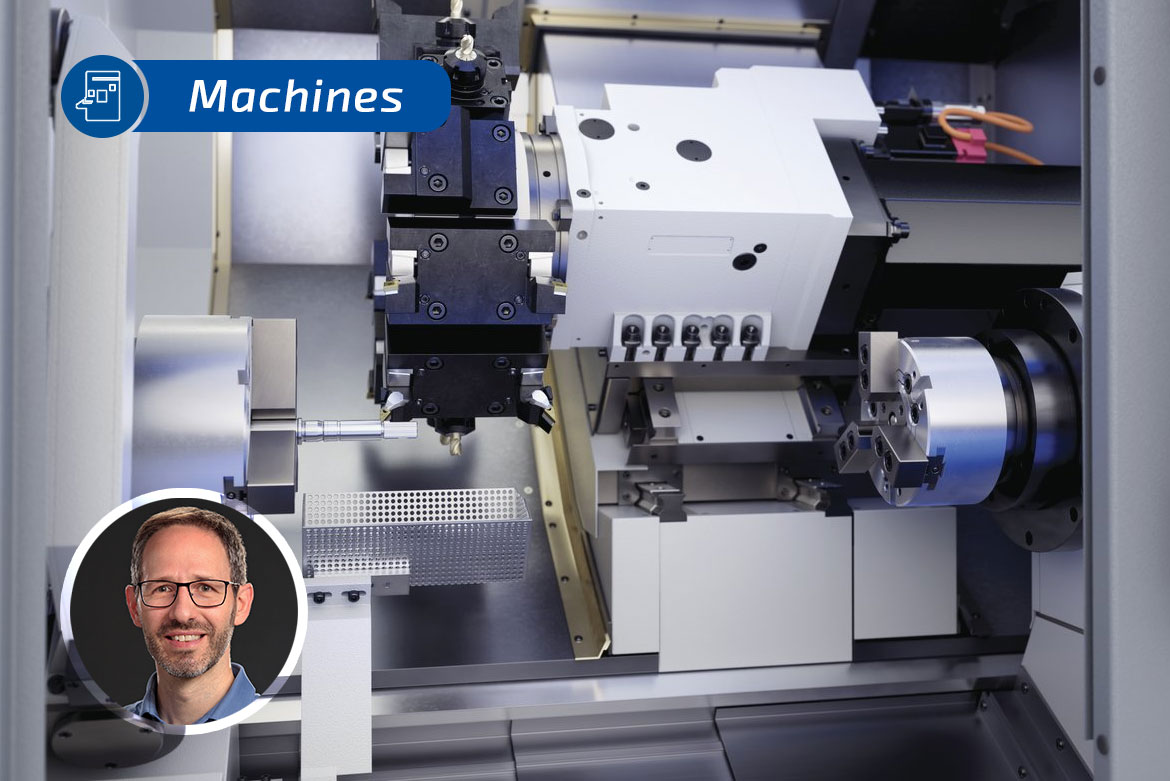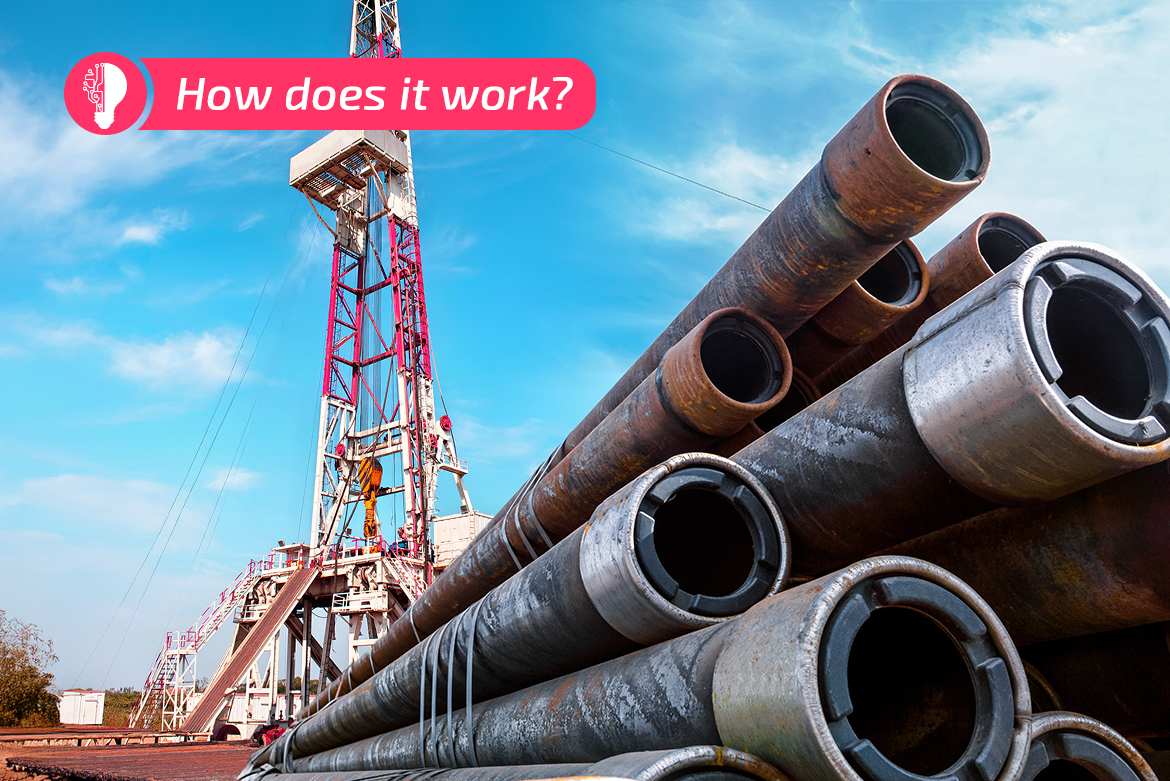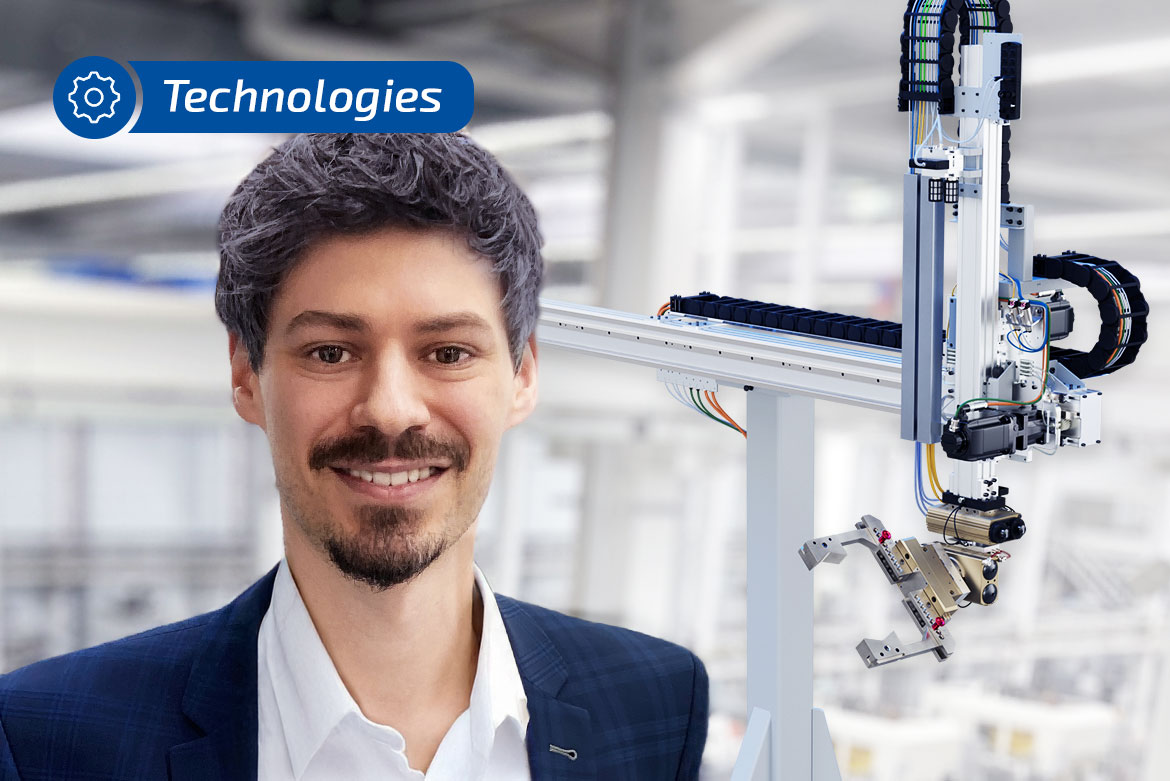The USC 21 from EMAG is a high-performance special-purpose machine for the precise machining of pipe ends and OCTG components. It reliably and flexibly handles the full range of API, GOST, integral and premium threads – with maximum production accuracy.
Oliver Hagenlocher
In modern manufacturing , there are several processes for producing tooth profiles. Three frequently used – yet often confused – important technologies that are often confused are hobbing, skiving and power skiving. Each method has its own applications, advantages and limitations. Understanding the key differences is crucial in selecting the right technology for each job.
Turning balls, especially in safety-critical areas such as the automotive industry, places the highest demands on precision, repeatability and cycle time. Components such as ball pins in ball joints play a central role in steering and chassis. Their production requires state-of-the-art turning technology – especially when it comes to large quantities and economical processes.
Whether for the development of new oil fields or the reliable extraction of natural gas, pipes and couplings are among the most critical components in the drilling process. They carry immense loads, transmit high torques and must remain permanently sealed.
But what makes a perfect threaded connection? What challenges are involved in manufacturing OCTG components – and why are specially designed machine tools so essential? We explore these questions with Udo Lauer, OCTG specialist at EMAG, who shares his insights into the technical world of pipe and coupling machining.
The requirements for CNC lathes are clearly defined: maximum process reliability, high machining precision, flexible application options and easy integration into automated production lines. A well-thought-out machine concept is particularly important for workpieces that require machining on both sides as well as additional milling or drilling. The HSC 1 from EMAG has precisely these aspects in mind. In this interview, Peter Gröner, Product Manager of the Turning Business Unit at EMAG, explains the technical features, the range of applications and the design considerations behind this machine.
Since its founding 60 years ago, PENN GmbH has grown from a small forge into an internationally active specialist in sophisticated metal processing. In this interview, Managing Director Gernot Penn shares insights into the company’s development, its production processes and its cooperation with machine manufacturer EMAG.
Drilling rigs are complex systems that are used to drill deep boreholes into the ground – for example to extract crude oil or natural gas. The central element is the drill string, which consists of numerous steel pipes that are bolted together via threaded connections. These pipes and the connecting threaded sockets (couplings) must be able to withstand enormous mechanical stresses and seal absolutely reliably. In this blog post, we shed light on how a drilling rig and its pipe systems work and, in particular, how the machining of the pipes and couplings takes place. The focus is on machine tools from the EMAG Group – in particular the series USC (for pipes) and VSC (for couplings), which are used in the machining of OCTG (Oil Country Tubular Goods) components.
EMAG is known for its wide range of manufacturing technologies. At the same time, more turnkey manufacturing systems are now possible thanks to the design and development of automated solutions. Examples include palletizing or stacking cells with integrated robots, such as the recently introduced CRC stacking cell, the MRC bin-picking automation for bulk goods, the SCS 4 basket stacking cell and many more. We conducted an interview with Johannes Mauz, Head of Engineering Automation & Robotics at EMAG, about the possibilities that EMAG offers in the field of automation.
EMAG recently introduced the USC 850 CNC universal turning machine – a precision and powerful turning machine for large workpieces. In the following interview, Bernd Scheschy, Technical Sales in the Turning Business Unit, explains the technical features of this machine.
The requirements for shaft machining have changed significantly in recent years. Increasing variant diversity combined with decreasing batches present manufacturing companies with new challenges. With the VTC 100 GT EMAG is presenting a machine in which the turning, grinding, drilling and milling processes using a combined lifetool. In the following interview, Marina Manger, Technical Sales at the Grinding business unit, explains how this technology integration makes production more efficient and what concrete benefits users can derive from it.





